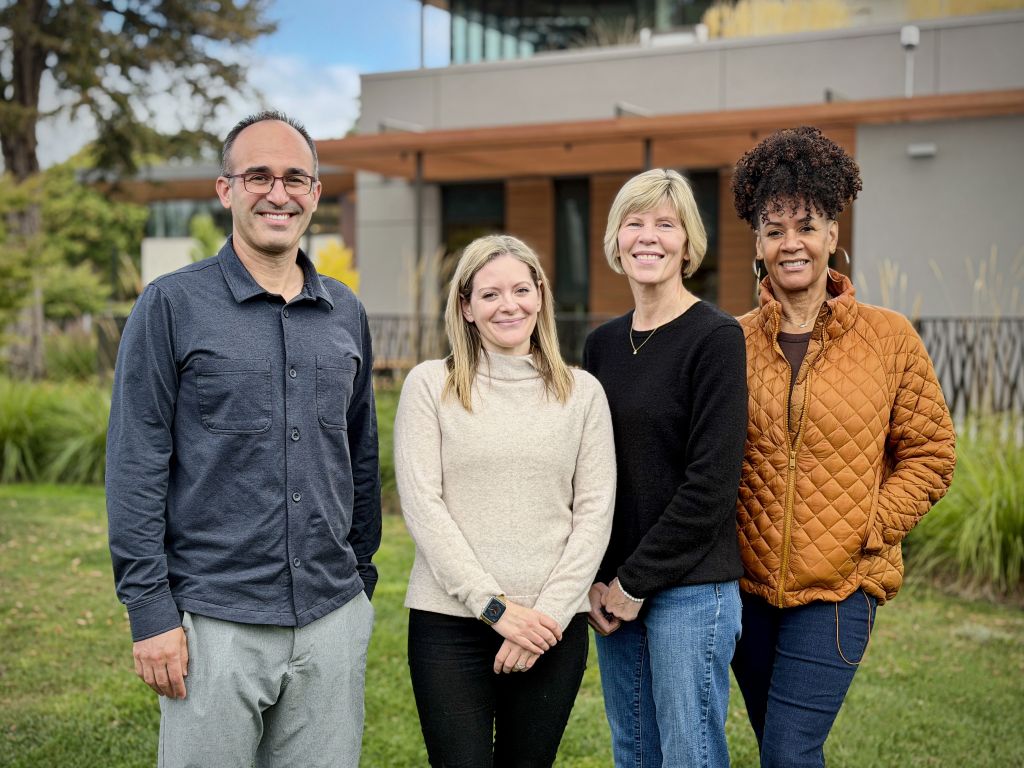2629 Monterey Street
-
5
Beds
-
3.5
Baths
-
2,490 sq ft
Home Size
Overview
Photo Courtesy of Green Banker, Stanley Lo and MLS
-
Built in
1959
-
Listed
5 years ago
San Mateo
San Mateo has it all: a diversity of neighborhoods, great parks, easy access, a plethora of shopping, and home to many businesses and an anchor for employment on the peninsula. With a rich heritage, dating back to the turn of the century with its most famous resident being A.P. Giannini, the founder of the Bank of Italy and later Bank of America, San Mateo offers a delightful spread of activity for all. The downtown area is studded with delicious restaurants and a variety of retail stores, and also boasts a 12 screen movie theatre and one of the largest wine cellars in the country, at Draeger’s Grocery Store. Shopping abounds at Hillsdale and Bridgepointe as well as the many neighborhood shopping centers.
Perhaps the most well known natural area is Coyote Point, a rock outcropped peninsula that juts into San Francisco Bay and home to a natural history museum, the Peninsula Humane Society, windsurfing, a private marina, and large picnic areas with uplifting vistas. Within walking distance of downtown, Central Park has something for everyone: ride the toy train, pick up a game of tennis, take a serene walk through the Japanese Garden, have a picnic while listening to Thursday evening’s Jazz in the Park, or enjoy the playgrounds.
San Mateo attracts a variety of homeowners, from those seeking their first home in the upcoming neighborhoods of the Village, Parkside, or Shoreview, to those looking for more a little more space in Hillsdale or the Meadows, to larger families seeking the spaciousness offered by San Mateo Park, Baywood, and Aragon.
- Small town feel
- Big-city downtown amenities with a small town residential neighborhood feel
- Diverse housing
- Very diverse housing opportunities ranging from downtown condos to suburban ranches and secluded San Mateo Park mansions
- Top schools
- Baywood schools ranked among the state’s best
Early San Mateo was a place of large estates and boldface names familiar to anyone who’s driven the town’s streets. Parrott, Hayward, Borel—these were the wealthy pioneers who sowed the seeds that eventually grew into today’s modern city of 100,000 residents. San Mateo was borne from their needs and later from their subdivided land, all around a stagecoach stop established in 1849 by Nicolas de Peyster on former Ohlone tribal land.

Contact Raziel to find the right property for you.
With a team of experts guiding you every step of the way, our extensive knowledge and experience will ensure you have the best home buying experience possible.

